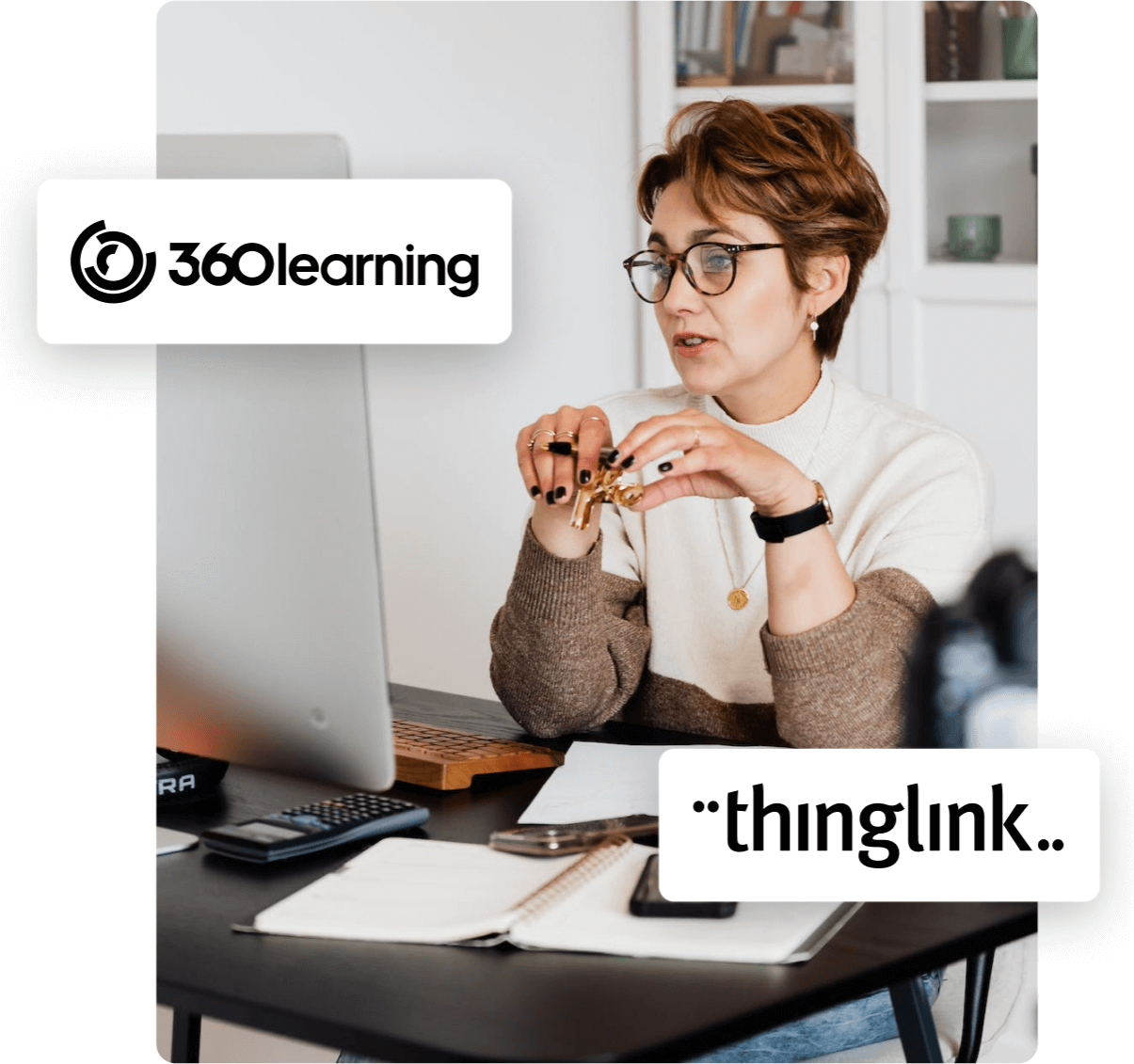1. Tailored Learning Paths
360 learning platforms provide learning paths that cater to the needs of each student. By utilizing data analytics and machine learning, these platforms can pinpoint students' strengths, weaknesses, and preferred learning styles. This information enables educators to tailor content and activities for each student, resulting in an educational experience.

2. Interactive Educational Material
Traditional textbooks are no longer sufficient for keeping students engaged. 360 learning platforms offer content such as videos, animations, quizzes, and simulations. These dynamic resources allow students to actively engage in their journey and gain a deeper comprehension of the subject matter.
3. Practical Applications
A common issue in classrooms is the perceived need for real-world relevance in students' learning. Incorporating 360 learning platforms can help teachers bridge this gap by presenting real-world scenarios and case studies that expose students to applications of their knowledge. This approach not only boosts but also aids students in understanding complex concepts more effectively.

4. Tools for Collaboration
Learning experiences are enhanced when students can collaborate with their peers on projects and assignments. 360 learning platforms often offer collaboration tools like discussion forums, group projects, shared documents, and video conferencing features. These tools are teamwork skills and enable students to share ideas and learn from each other.
5. Elements of Gamification
Integrating gamification elements into settings has been shown to increase student engagement levels. Many 360 learning platforms incorporate game aspects such as leaderboards, badges, or reward systems to encourage student progress and completion. These incentives inspire students to participate actively and strive to master the subject matter.
6. Monitoring Progress and Providing Feedback
Feedback and progress tracking are typically limited to exams or assignments in classrooms. However, 360 learning offers assessments that track student progress in time. This monitoring allows educators to pinpoint areas where students may need assistance and offer support.
Furthermore, personalized feedback plays a significant role in helping students identify their strengths and areas needing improvement, empowering them to guide their educational journey.
7. Accessibility on Mobile Devices
In today's era, students seek the convenience of accessing materials on their devices anytime and anywhere. Many comprehensive learning platforms offer apps or responsive designs for access from laptops, tablets, or smartphones. This flexibility encourages learning opportunities beyond the confines of classrooms.
8. Support for Multimedia Content
Integrating multimedia enhances the learning experience by catering to the senses and simultaneously accommodating learning styles. Comprehensive learning platforms provide tools for integrating images, audio clips, infographics, and external resources alongside text-based content. This diverse range of media aids comprehension and engages students at varying levels.
9. Insights Driven by Data
Apart from the features mentioned earlier, comprehensive learning platforms provide insights derived from data that can transform teaching methodologies. By collecting and analyzing data related to student performance, engagement levels, and learning behaviors, educators can gain information on areas that require enhancement or further focus. These insights empower educators to make decisions based on data and customize their teaching approaches to suit their student's needs better. By utilizing insights derived from data, teachers can enhance the learning setting to ensure continuous engagement and effectiveness.

In Summary
Integrating tailor-made learning paths, interactive materials, real-world applications, collaborative tools, gamification features, progress monitoring capabilities, mobile accessibility, multimedia assistance, and data-informed insights transforms 360 learning platforms into a resource for cultivating an educational atmosphere. Educators can establish an immersive and dynamic space where students flourish on their educational path by incorporating these technologies into environments through comprehensive solutions provided by leading edTech industry learning management systems. Embracing 360 learning platforms is an investment that will undeniably enhance achievements while making the learning experience more enjoyable for both students and teachers.





